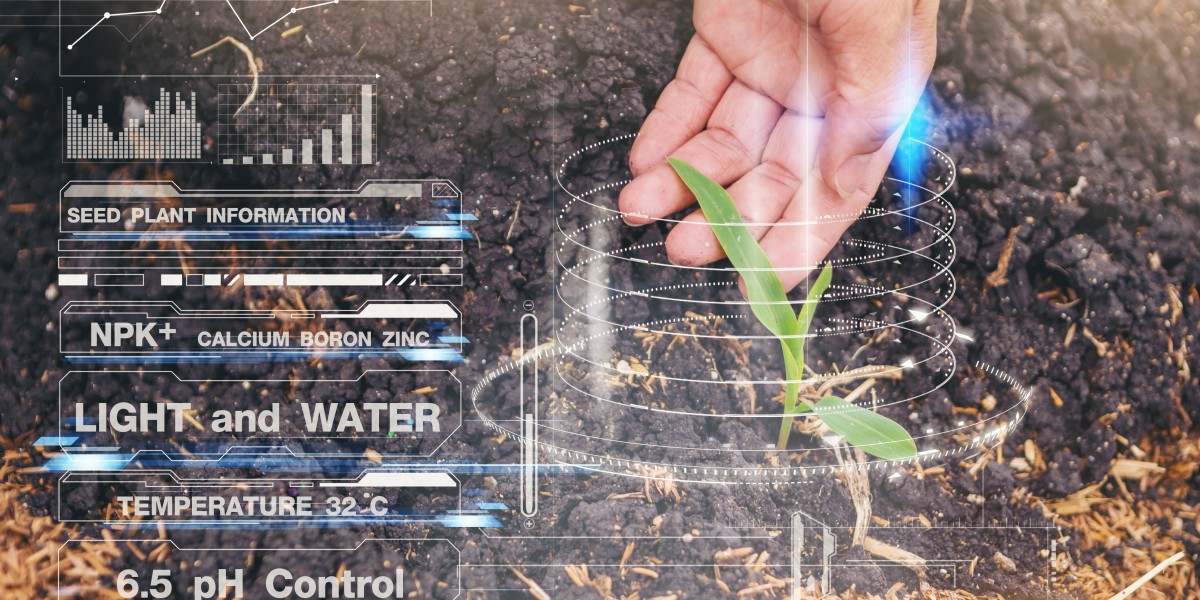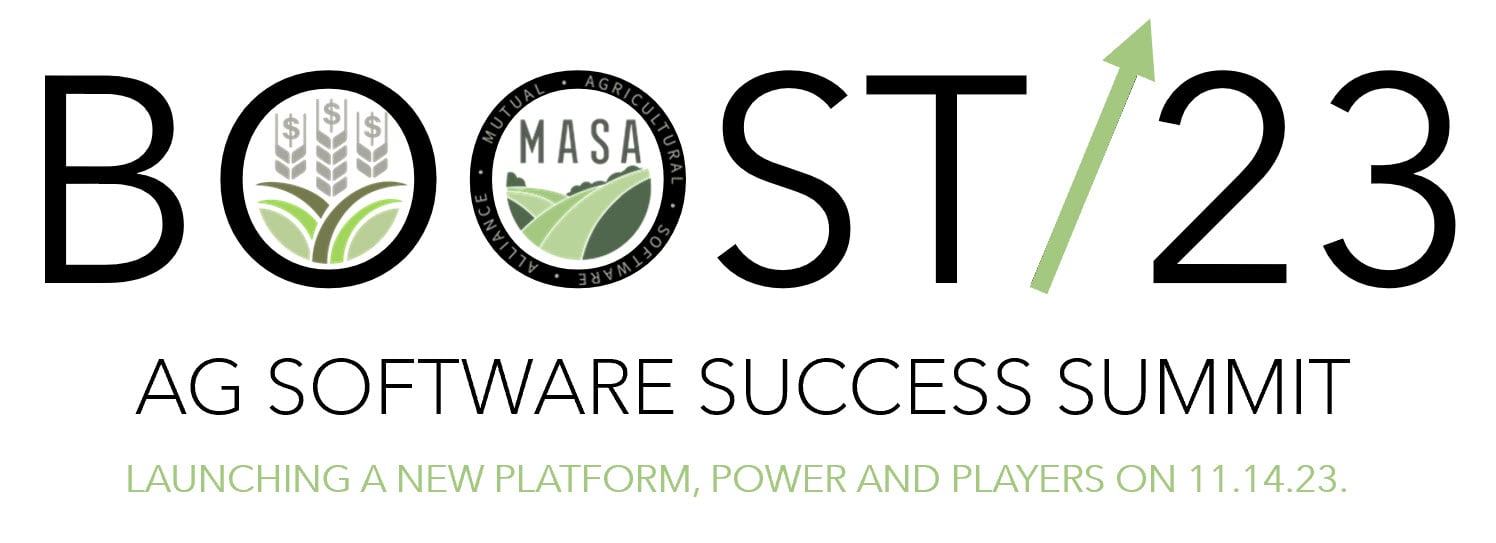The world population continues to grow putting more and more pressure on not just natural resources but food production as well. Farmers and ranchers must find ways to meet those demands while still meeting their own goals for growth and success. Thankfully, there’s much more available, in the world of ag tech, to help you do both.
The agricultural community is notoriously slow to adopt new technologies. While it’s easy to see yourself putting off that autonomous tractor for a while, there are an abundance of ag tech opportunities out there for farms and ranches, both small and large, to be leveraging to improve productivity and profitability.
Quick Links
- What is Ag Tech?
- How Ag Tech is Changing Farming
- Top Ag Tech Trends 2022
- Ag Tech Trends to Watch for 2023 and Beyond
What is Ag Tech?
Ag tech or agricultural technology includes any and all technology used by farmers and ranchers to spur both growth and expansion, from the field to the back office. That means everything from heavy equipment to the software used to provide farm management and accounting. Ag tech, as a whole, supports the efficiency and profitability of your farm through data collection and application. The right tools can help farmers and farm managers monitor and manage your agricultural business.
 How Ag Tech is Changing Farming
How Ag Tech is Changing Farming
One of the biggest improvements ag tech has made to farming is the ability to work more efficiently and more effectively. Data collection, in particular, and the ability to apply it to all aspects of the farm has improved everything from resource management to crop production. Simply put, that translates to cost savings and increased farm profitability.
Some more concrete and specific benefits include:
- Improved animal welfare through livestock tracking and monitoring
- Improved vendor relationships and management
- Improved land use and the reduction of environmental impacts
- Increased crop yields and livestock production
- Optimized fertilizer application
- Smarter pesticide applications
- Improved water conservation and use
- Enhanced worker safety
- Better bookkeeping and budgeting based on real data
- Better overall financial forecasting and farm management
Top Ag Tech Trends 2022
As we enter the fourth quarter of the year, it’s a good time to look back at some of the top ag tech trends of the year and examine whether you’ve been able to leverage some of those to your advantage. If you haven’t, now is a good time to consider whether you’ve got an opportunity in the coming year to include this technology in your planning.
1. Conservation
One concern of farmers everywhere is how to better manage and conserve resources, especially natural resources. Agricultural usage, when not monitored, can be taxing. Water, in particular, used for irrigation, livestock, field fertilization, pesticide application, and more is responsible for agriculture pulling nearly 65% of the world’s freshwater usage. It should come as no surprise then that one of ag tech’s big goals is helping farms and ranches conserve natural resources through better water management.
It’s about more than variable rate irrigation (VRI), but it’s also about the data one can collect from the soil and sky to factor in moisture level and schedule irrigation based on real world, real time data.

- 2. Drones
As we noted in our blog on ag tech and farm profitability, drones have been around for quite some time, but what’s leading the charge in their wider adoption is their cost. Drones have become far more affordable and far more advanced, increasing their adoption by farms and ranches of all sizes. Not only can drones save time and money, helping farmers monitor fields and buildings from the air, but many designed for agricultural (and forestry) use also come equipped with NDVI or normalized difference vegetation index which can allow a farmer to monitor the crops by helping identify healthy green plants from those which may be struggling and need additional resources.
- 3. Animal Ag Tech
Automated technology for livestock production and barns has existed for some time. These tools have been used by dairy farmers in recent years to not only increase milk production but to also ensure the quality of the product. However, new animal ag tech promises to do much more than just increase yields. From herd and feed-bin monitoring to improving barn climate, new tech in this area promises to improve everything from production to animal welfare and health.
- 4. Automation and productivity boosters
Labor shortages are impacting the entire country and agriculture has not managed to escape this trend. For the last few years, finding labor to keep up with production demands is proving difficult for most farms and ranches. Expect ag tech to step in here as well and help farms improve efficiency and boost production without hiring more labor or taxing existing human resources.
From autonomous vehicles to robots and AI that can assist in everything from harvesting to quality control, automation is emerging as a trend this year and will extend well into the future. Expect, much like drones, cost factors and an industry that is often slow to adopt technology to impact how widespread these tools are in the next year or two, but keep an eye on the horizon.

- 5. Alternatives to the field
Whether we’re talking about the hydroponics market, which is expected to double in the next few years, or vertical farming, expect the future of farming, given demands for food production, to move out of the fields and into everything from warehouses to shipping containers. With the impact of climate change, this is an area to watch. However, it’s worth noting that some of these operations consume significant amounts of electricity which is dampening their adoption as well.
Ag Tech Trends to Watch for 2023 and Beyond
The global ag tech market is poised for growth and expected to double in less than 10 years to about $40 billion. The big question is, where will we see that growth? As you can imagine, a good amount of that growth will come from some of the ag tech we’ve already discussed.
Expect more in the way of monitoring and data collection; more in the way of animal welfare, health and production; more automation and ways to overcome labor shortages; and more ways to leverage technology across your farming business and operation to improve not just production but also efficiency and cashflow.
A few big trends to watch over the next 5 years:
- Internet of Things (IoT)- Agricultural IoT will change everything from monitoring to forecasting to help boost production and decrease the production/demand gap
- Mobility, cloud services, and connectivity- Much like the IoT, there will be a lot of demand for being able to access systems, data, and services from anywhere on the farm.
- Robotics and AI- As noted above, agricultural robotics and AI, fed by the IoT and those cloud services, has the potential to cause a seismic shift in how big farms do business. However, it’s worth even smaller farms paying attention to these changes as success will mean broader proliferation.
- Genetic modifications- Since 1967 and IR-8, scientists and farmers have understood the value of genetically modified crops. As weather systems change, as water struggles continue, and as environments change, the need to meet those changes and overcome new challenges may lie with genetic modification. From heartier and pest resistant crops to those that are more nutritionally valuable, the growing demand for food will require us looking at what crops were growing and how we can improve them.
While a good number of these technologies are in their infancy, not yet producing the kind of data that leads to wider adoption, there are existing technologies that can already help you take advantage of ag tech and its benefits. One of those technologies is farm ERP software which gives you a holistic and bird’s eye view of your farm operations. That view then enables you to plan, prepare, and execute the strategies that encourage farm profitability.
If you’re ready to talk to a team that’s staying ahead of farming data trends, then let’s talk. Not only will the FBS Systems team show you how to use the tools, but we pride ourselves on our service and support. We’ll ensure you’ll get the most out of not just your farm software but also your farm.
















